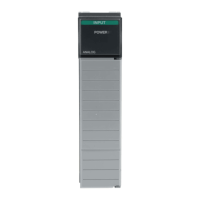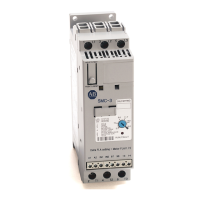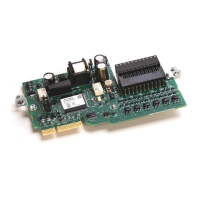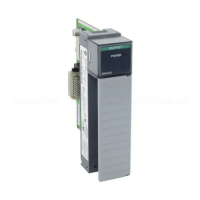Publication 1747-RM001G-EN-P - November 2008
10-22 ASCII Instructions
Examples
For the following examples:
N7:0 = 250
N7:1 = -37
F8:0 = 2.015000
F8:1 = 0.873000
ASCII Write (AWT)
Use the AWT instruction to write characters from a source string to an
external device. To repeat the instruction, the rung must go from false-to-true.
When using this instruction you can also perform in-line indirection. See page
10-21 for more information.
Entering Parameters
Enter the following parameters when programming this instruction.
• Channel is the number of the RS-232 port (Channel 0).
• Source is the string element you want to write.
• Control is the area that stores the control register required to operate
the instruction.
• String Length (LEN) is the number of characters you want to write
from the source string (0 to 82). If you enter a 0, the entire string will be
written.
Valid in-line direction:
Input: Flow rate is currently [N7:0] GPH and contains [F8:0] PPM contaminants.
Output: Flow rate is currently 250 GPH and contains 2.015000 PPM contaminants.
Input: Current position is [N7:1] at a speed of [F8:1] RPM.
Output: Current position is -37 at a speed of 0.873000 RPM.
Invalid in-line indirection:
Input: Current position is [N5:1] at a speed of [F8:1] RPM.
Output: Current position is [N5:1] at a speed of 0.873000 RPM.
TIP
Truncation occurs in the output string if the
indirection causes the output to exceed 80 characters.
The appended characters are always applied to the
output.
EN
DN
ER
AWT
ASCII Write
Channel 0
Source ST10:12
Control R6:8
String Length 12<
Characters Sent 0
Error 0
AWT
Output Instruction
Fixed SLC
5/01
SLC
5/02
SLC
5/03
SLC
5/04
SLC
5/05
•••
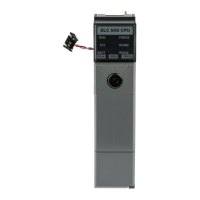
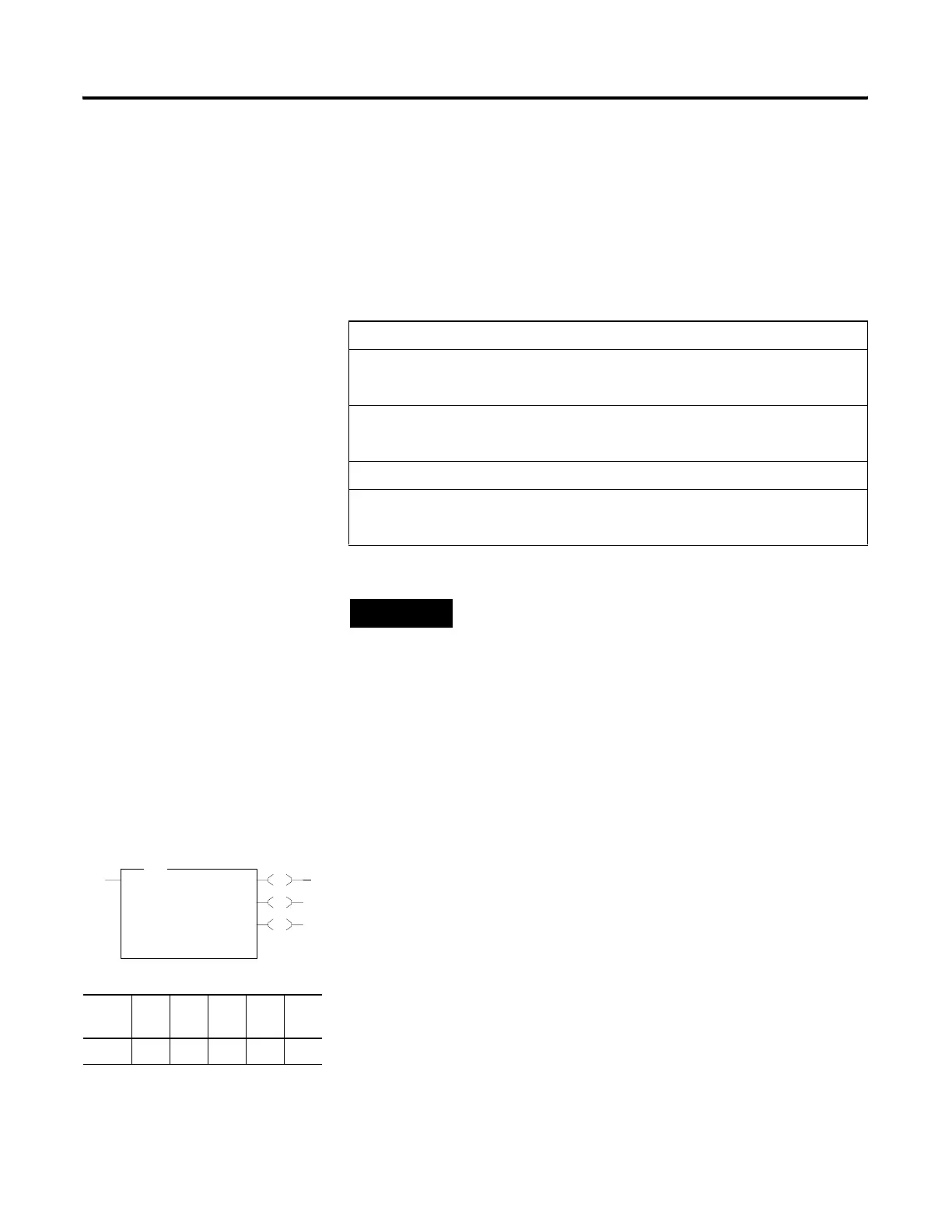